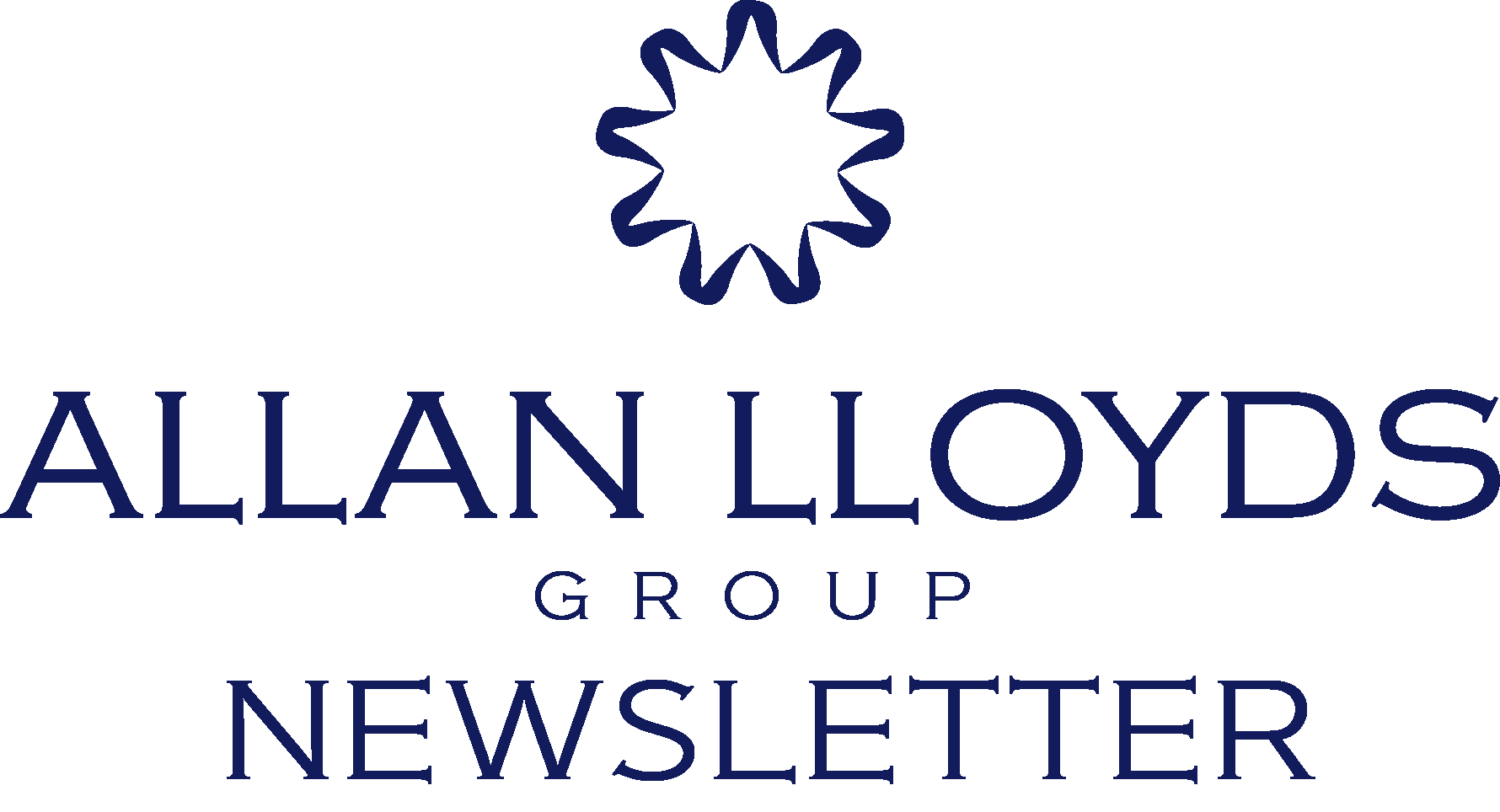
Global Compliance Mastery: How Digital Transformations are Reshaping Compliance Management in Pharmaceuticals
Unlock the secrets of pharmaceutical compliance in a digital age — where innovation meets regulation
- On: February 15, 2024


Erika Barbarosie
How do you approach developing and implementing compliance strategies in an ever-evolving pharmaceutical landscape?
In the dynamic pharmaceutical landscape, it is crucial to adopt a proactive and adaptable approach when developing and implementing compliance strategies. This requires continuously staying informed about regulatory changes, industry trends, and best practices to stay ahead of evolving compliance requirements. In addition, conducting thorough risk assessments is essential to identify potential compliance gaps and vulnerabilities within the organisation. Fostering collaboration between departments like regulatory affairs, quality assurance, and operations is necessary to ensure a holistic approach to compliance. It’s also essential to develop compliance strategies that are tailored to the specific needs and challenges of the organisation (there is no “one size fits all”), considering factors such as size, complexity, and geographic scope. Regular training and education for employees at all levels is necessary to ensure awareness of compliance requirements and foster a culture of compliance. Implementing robust monitoring and auditing processes to assess compliance effectiveness and identify areas for improvement is also crucial. Leveraging technology solutions like compliance management software helps streamline compliance processes, track activities, and facilitate reporting. Lastly, remaining flexible and adaptable to changes in regulations, industry standards, and business needs is necessary to adjust compliance strategies accordingly. By following these steps, organisations can ensure they are meeting compliance requirements and mitigating potential risks with a proactive and adaptable approach.
From your point of view, how digital transformations and tech-driven reality can impact compliance management? And how it can improve compliance processes?
The advent of digital transformations and a tech-driven reality has brought a significant impact on compliance management. The generation of vast amounts of data from various sources has resulted in increased data volume and complexity, making it essential to manage data efficiently while ensuring data integrity, confidentiality, and accessibility and adhering to regulatory requirements like GDPR or HIPAA. However, technology has come to the rescue by leveraging data analytics, A), and machine learning algorithms to facilitate more sophisticated risk management processes. It can also streamline compliance processes, automate repetitive tasks and free up resources to focus on more strategic compliance initiatives. Digital tools enable real-time monitoring of compliance activities and the generation of instant reports, providing stakeholders with timely insights into compliance status and potential issues. Enhanced collaboration and communication among compliance teams, stakeholders, and regulatory authorities across geographies ensure alignment on compliance objectives, facilitate knowledge sharing, and enable faster response to regulatory changes or incidents. Digital platforms enable organisations to deliver personalised, interactive, and on-demand training and educational resources to employees, ensuring widespread awareness of compliance policies, procedures, and regulatory updates. Digital transformations empower organisations to adapt quickly to regulatory changes and evolving compliance requirements by providing flexible and scalable technology infrastructure, enhancing agility and adaptability. However, organisations must also address challenges such as data privacy, cybersecurity, and regulatory complexity to realise the full benefits of technology-driven compliance initiatives.
Managing compliance on a global scale presents unique challenges. How do you ensure consistency across different regulatory environments?
Global companies face unique challenges in managing compliance as they have to deal with different regulatory environments across various regions. Ensuring consistency across all regions is essential, and this can be achieved through the implementation of several strategies. These strategies include developing standardised policies and procedures that cater to the compliance requirements of all regions while accommodating local regulations, establishing a centralised compliance function to oversee and coordinate compliance efforts globally, leveraging regional compliance expertise to stay updated with local regulations and cultural nuances, providing regular training and communication initiatives to educate employees across regions on compliance standards, conducting comprehensive risk assessments tailored to each region’s regulatory landscape to identify potential compliance risks, implementing compliance management systems or software that centralise compliance data, facilitating tracking and reporting, and providing visibility across regions, conducting periodic compliance audits and monitoring activities across all regions to assess adherence to policies and identify areas for improvement, and fostering open communication and collaboration with regulatory authorities in each region to gain insights into regulatory expectations and changes. By implementing these strategies, organisations can navigate the complexities of managing compliance on a global scale and ensure consistency across diverse regulatory environments.
Interested in more? Erica Barbarosie will share with you her expertise through highly insightful case study: “The Pitfalls of the EU PSMF”.
Join our 11th Annual Risk Management and Pharmacovigilance Summit, on 15 – 16 of May 2024, in Vienna, and expand your horizons!
Short Speaker BIO:
A well-seasoned PV professional with a Lead GVP Auditor and EU/EEA Qualified Person for Pharmacovigilance (QPPV) background, having extensive knowledge of all levels of Pharmacovigilance for human and veterinary products, responsible for the overview of medicinal product safety profiles (across multiple therapeutic areas) and any emerging safety concerns, and make decisions in accordance with PV regulations, guidelines and industry best practices. My current roles involve cross-functional collaboration with multiple departments to meet company-set expectations on multiple projects and company business objectives, manage resources, maintain inspection readiness, and conduct audits.





